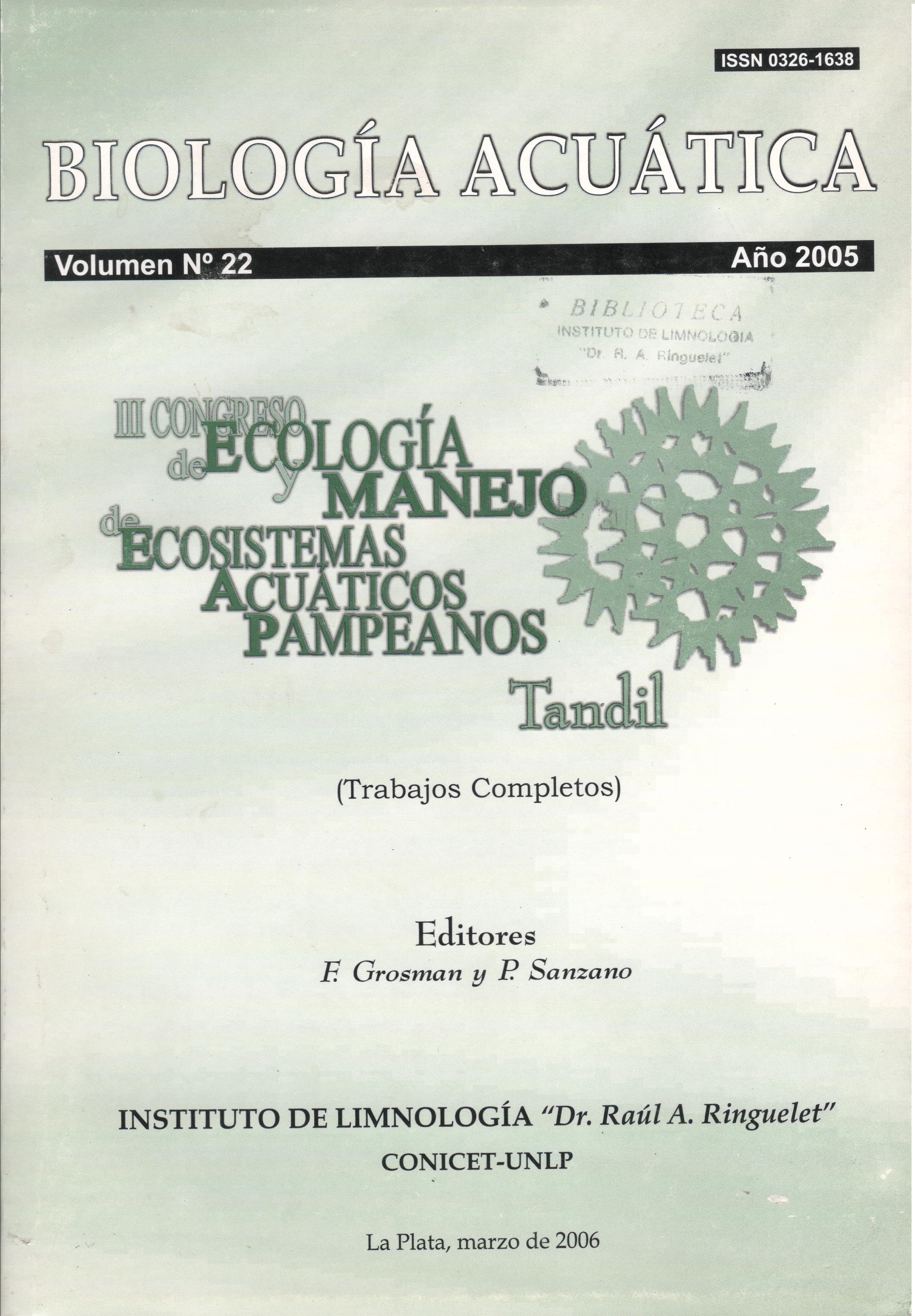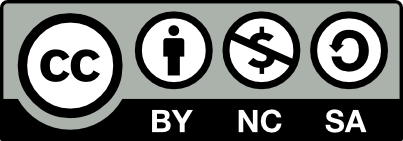Biomarcadores hepáticos de la carpa (Cyprinus carpio L.): respuestas antioxidantes inducidas por la β-naftoflavona, un hidrocarburo aromático policíclico
Palabras clave:
Cyprinus carpio, biomarcadores, PAHsResumen
Polycyclic aromatic hydrocarbons (PAHs) exert adverse effects in many aquatic organisms and fish among them. β-naphtoflavone (BNF) is a PAH inductor of biotransformation processes that potentially could enhance the production of reactive oxygen species promoting the responses of the cellular antioxidant defences. Hepatic biomarker responses were assessed in juvenile Cyprinus carpio injected with a sublethal dose of BNF; catalase (CAT), Superoxid dismutase (SOD),Glutathion S-transferase (GST) activities, the condition factor (FC) and the liver somatic index (IHS) were evaluated. Fish were acclimated to experimental conditions for 1 week (continuous flow potable water: 50 ml/ min; 2,5 g fish/L; photoperiod: 12 h L/D; temperature: 22 ºC; daily feeding ad libitum). At the beginning of the assays experimental fish (BNF) (n=10) were intraperitoneally injected with 50 mg BNF/kg. b. w. dissolved in corn oil; controls (C) (n=10) received corn oil. No fish mortality was observed along the assay. After 48 h, fish were killed, livers excised and FC and IHS index were determined. Then, tissues were homogenized and postmitoncondrial fractions were obtained; total protein content, and specific activities of CAT, SOD and GST were determined in this fraction. Statistical differences between groups C and BNF were performed by Student´s t test (p<0.05). A significant increase of GST (22.8%) and SOD (27.3%) activities were observed in BNF fish, but no differences were detected in CAT suggesting there is an effective capacity of SOD in removing the (O2 -) of the cellular media; the absence of differences in CAT would indicate that the formed H2O2 was only partially catalyzed. No statistical differences were observed in the IHS and FC indexes. These results will also allow considering the use of these valuable environmental bioindicators of this test species in the assessment of the quality of water bodies of the Buenos Aires Province.






















